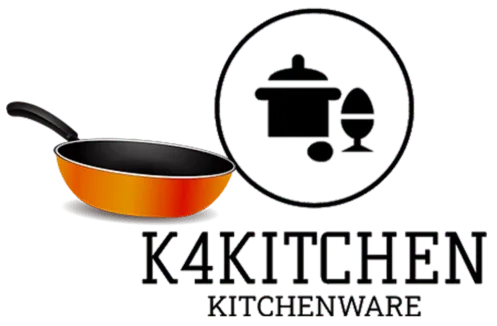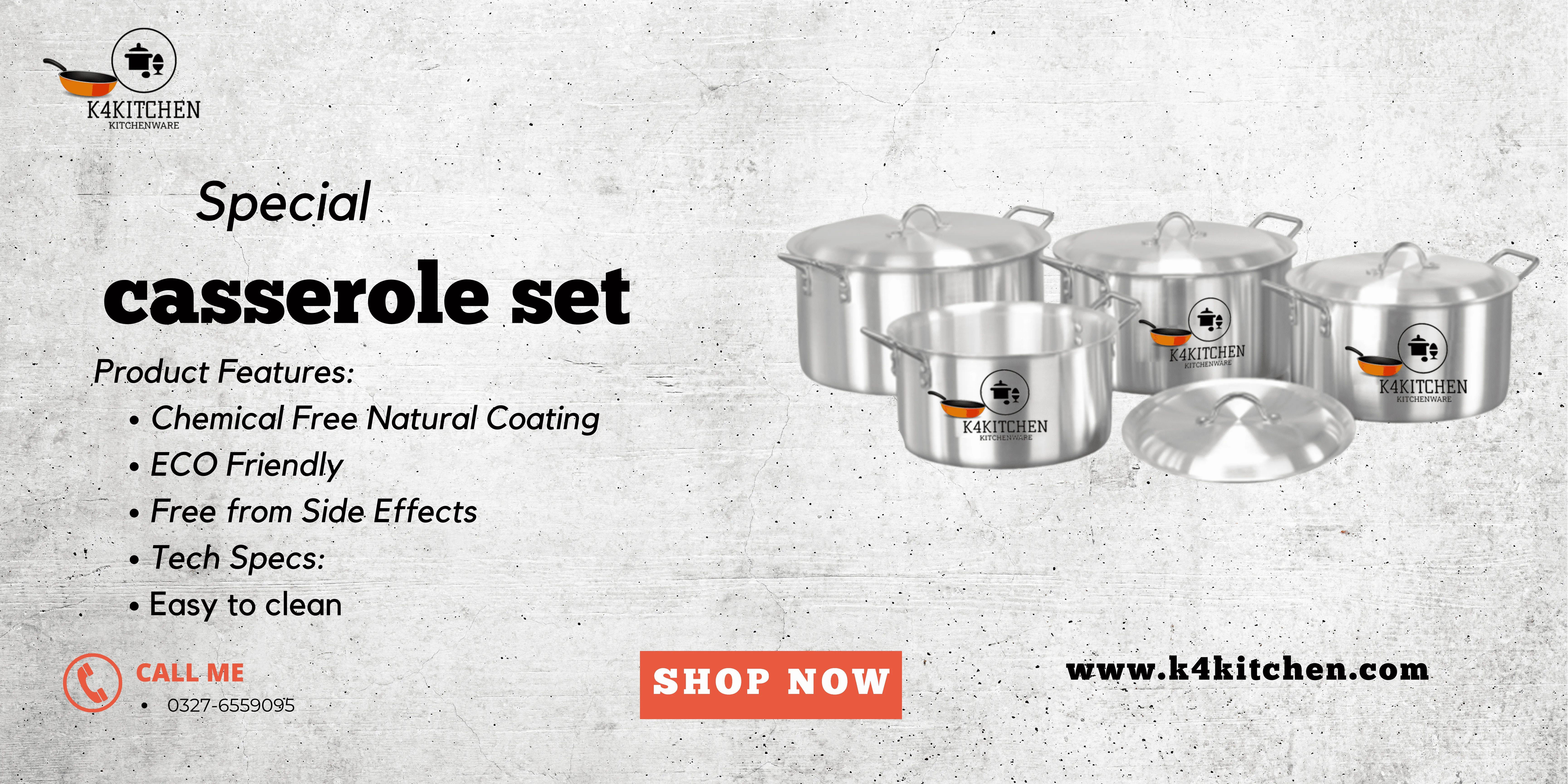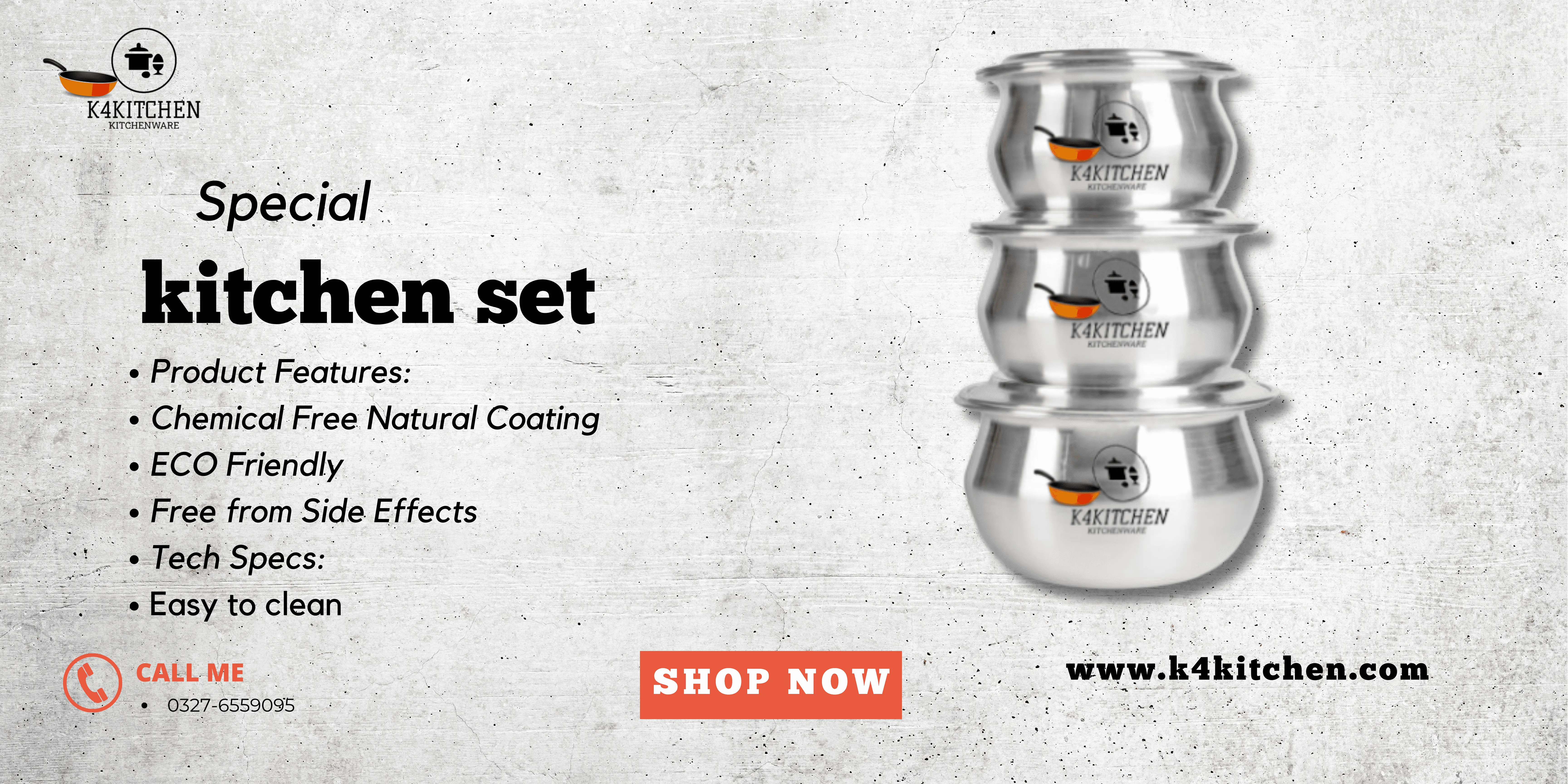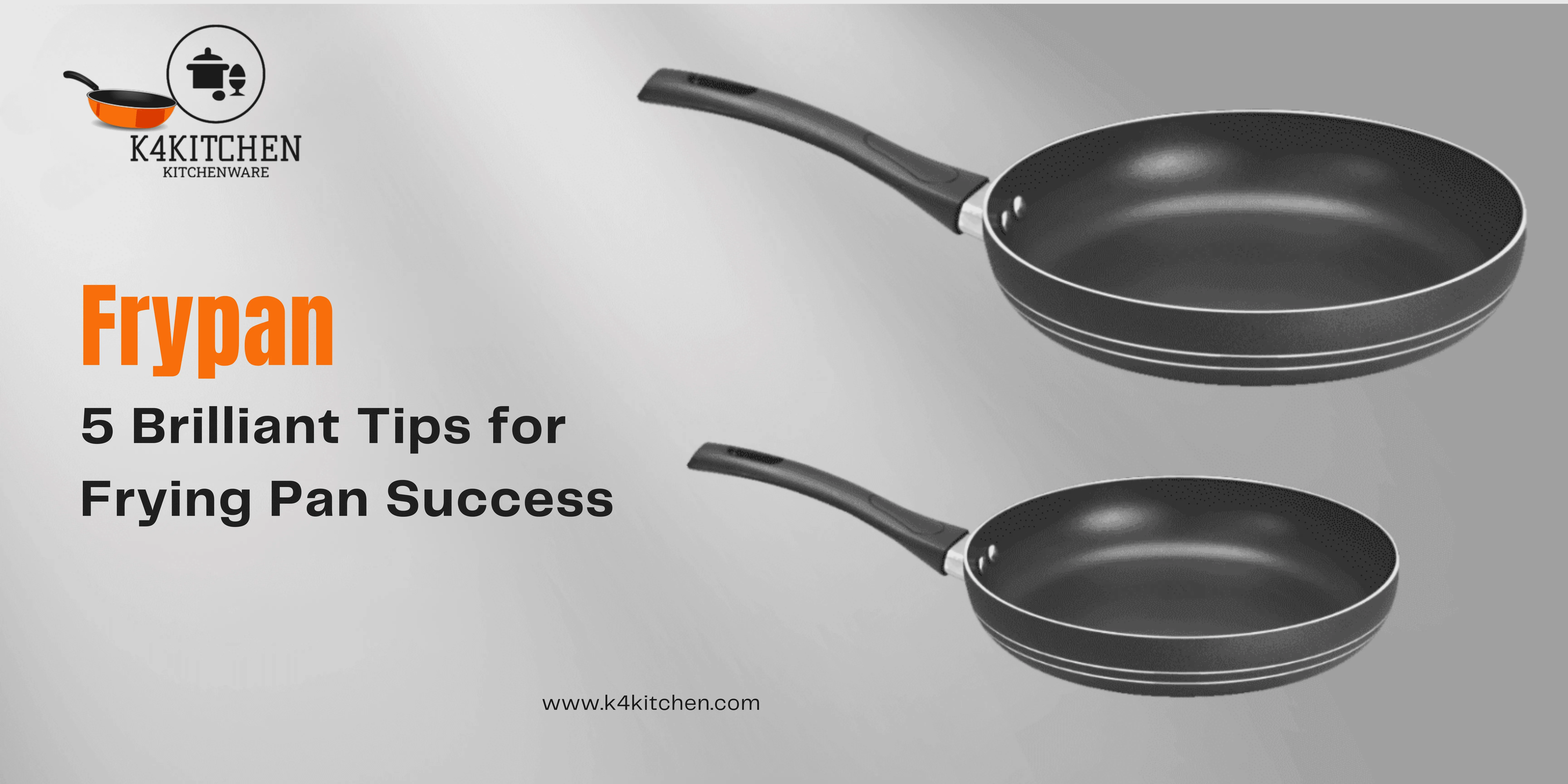Frypan Tricks: 8 Simple Steps to Improve Your Cooking
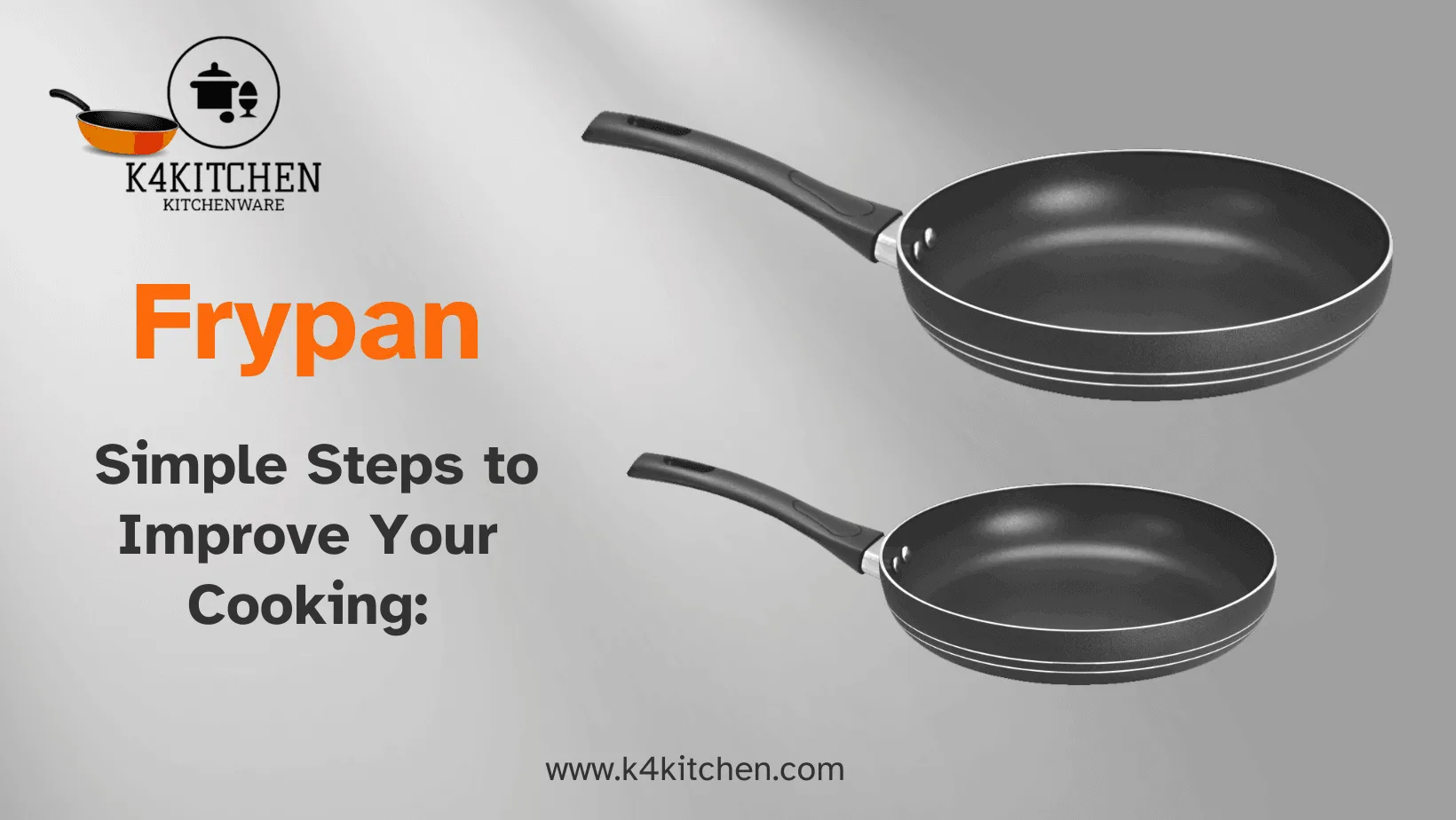
A frypan is a forgotten hero in the kitchen that softly transforms everyday products into tasty masterpieces. Whatever your degree of experience, mastering the frypan technique may take your food to a whole new level. In this piece, we’ll look at eight easy ways to make the most out of your frypan and turn it into a cooking master for all your cooking efforts.
Introduction:
In addition to being a means of their existence, cooking is a creative hobby. And the humble frypan is your trusty travel companion on this cooking journey. This device transforms raw food into delectable flavors, crunchy bites, and soft nibbles. But to improve your cooking, you have to unlock the intricacies of the frypan. Let’s embark on this beautiful journey together and learn eight easy methods.
II. Choose the Right Frypan
Choosing Your Cooking Tool
Before beginning your cooking adventure, you must carefully select your weapon. Frypans are made of various materials, each with unique advantages and characteristics.
1. Stainless Steel: Stainless steel frypans are durable and non-reactive, making them ideal for various dishes. Their uniform dispersion of heat guarantees reliable cooking.
2. Cast Iron: A cast iron frypan is a workhorse in the kitchen. It retains and distributes heat superbly, making it perfect for searing and baking. Seasoned properly, it’s virtually non-stick.
3. Non-Stick: Non-stick frypans are excellent for low-fat cooking and easy cleanup. For delicate meals like fish and eggs, they are ideal.
4. Copper: Copper frypans heat up quickly and provide precise temperature control. They’re ideal for tasks like sautéing and reducing sauces.
Choose a frypan that suits your cooking style and the dishes you love to prepare.
III. Master the Art of Preheating
The Heat of the Moment
Preheating your frypan is akin to setting the stage for a culinary masterpiece. It’s a crucial step that ensures your food cooks evenly and achieves the desired texture.
- Time It Right: Give your frypan a few minutes to heat up before adding oil or ingredients. This allows the pan to distribute heat evenly.
- Check for Readiness: Flick a few drops of water onto its surface to test if the pan is ready. If they sizzle and evaporate quickly, the pan is hot and ready to use.
3. Oil the Canvas: To improve flavor and produce a non-stick surface, lightly coat the canvas with oil after it has been baked. You’ll be well on improving your cooking creations by learning the preheating technique.
IV. Oil and Seasoning
The Lubrication of Flavor
Oil is the secret sauce that transforms ingredients into culinary delights. Selecting the right cooking oil and mastering the art of seasoning your frypan can take your dishes from ordinary to extraordinary.
- Choose Wisely: Different oils have different smoke points. For frying and searing, use high-heat oils like grapeseed or canola; for low-heat cooking, use delicate oils like olive or nut oils.
- Season Your Pan: Seasoning a frypan creates a natural, non-stick surface. Put a light oil coating on cast iron pans and heat them until they begin to smoke. Using a paper towel, remove any leftovers.
3 Experiment with Flavors: Infuse your oil with herbs, spices, or garlic for an extra layer of flavor.
You can add depth and richness to your dishes by mastering oil and seasoning.
V. Heat Control
Dancing with Fire
The level of heat you use can make or break a dish. Different temperatures suit various cooking techniques, and understanding this can help you achieve perfect results.
1. High Heat: It is ideal for searing meats and achieving a crispy crust. It’s also excellent for stir-frying.
2. Medium Heat: Best for sautéing vegetables, cooking poultry, and simmering sauces.
3. Low Heat: Perfect for delicate dishes, melting butter, and keeping food warm without overcooking.
VI. Perfect the Flip
The Flipping Artistry
Flipping food in a frypan is an art form. It could be a beautiful ballet or a disorganized show, depending on your skill level. Here’s how to do it properly:
Depending on your talent level, it may be a beautiful ballet or a sloppy performance. This is the proper way to go about doing it:
- Don’t Rush: Allow the food to cook on one side until it forms a crust or releases easily from the pan. This ensures a successful flip.
- Wrist Action: Use your wrist to gently lift and flip the food, keeping it close to the pan’s surface.
Perfecting the flip is about aesthetics, cooking, and texture.
VII. Experiment with Ingredients
Culinary Adventures
Don’t be scared to experiment with new foods to produce exciting dishes.
1. Investigate Proteins: Try preparing various proteins such as tofu, meat, fish, or chicken. Everybody contributes their unique flavor and texture.
2. Dive into Vegetables: Sautéing or roasting vegetables in a frypan can enhance their natural sweetness and flavors.
3. Get Creative with Combos: Mix and match proteins, vegetables, and grains to create one-pan wonders.
VIII. Get Creative with Seasonings
The Flavor Palette
Seasonings can elevate your dish from bland to extraordinary. Here are some creative seasoning ideas:
1. Herb Heaven: Infusing your food with fresh herbs such as cilantro, thyme, or basil can boost its flavor.
2. Add some spice: Try different spices and spice mixtures to give your dishes distinctive flavors.
3. Citrus Zest: A little citrus zest may give a pleasant twist and liven up a meal.
The Art of Plating
Presentation is the final touch that elevates your dish from a meal to a masterpiece. Here’s how to make your dishes visually appealing:
1. Color Contrast: Use a variety of colorful ingredients to create visual interest.
2. Garnish Gracefully: Add garnishes like fresh herbs, microgreens, or edible flowers to enhance the plate’s aesthetics.
3. Clean Lines: Wipe any spills or smudges off the plate for a polished look.
Features of a Frypan:
Cooking Surface: A frypan’s flat cooking surface allows it to be used for frying, sautéing, and searing, among other culinary methods.
Materials: Frypans are available in various materials, such as stainless steel, cast iron, and non-stick coatings, allowing for versatility in cooking and maintenance.
Size Options: Frypans come in different sizes, from small to large, accommodating various cooking needs and serving portions.
Heat Distribution: Many frypans offer even heat distribution across the cooking surface, ensuring consistent cooking results.
Handle Design: The handle design varies, with options like long handles for better control or ergonomic grips for comfort during cooking.
Pros of Using a Frypan:
Versatility: Frypans are versatile kitchen tools for various dishes, from breakfast foods like eggs to seared steaks and stir-fries.
Quick Cooking: They heat up quickly and allow faster cooking, making them ideal for busy cooks.
Flavor Enhancement: Frypans are great for achieving browning and caramelization, which enhances the flavor of many dishes.
Easy Cleanup: Non-stick frypans are easy to clean, often requiring minimal effort to remove food residue.
Control Over Cooking: You have precise control over the cooking process, from adjusting heat levels to flipping and stirring ingredients.
Cons of Using a Frypan:
Not Suitable for Deep Frying: Despite the name, frypans are not designed for deep frying due to their shallow sides.
Limited Capacity: The cooking capacity may be limited, making preparing large meals in a single frypan challenging.
